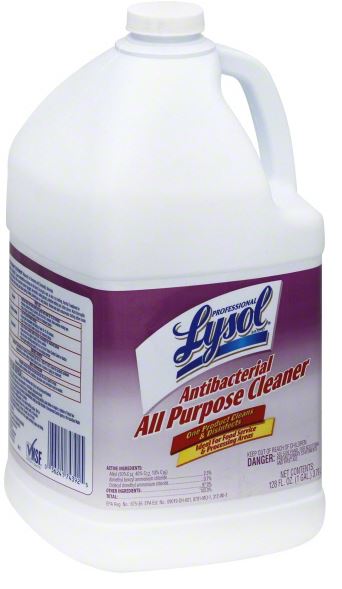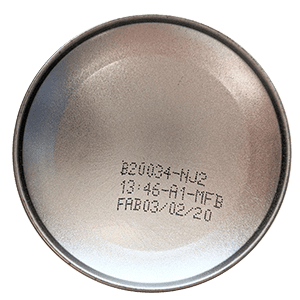KEEP OUT OF REACH OF CHILDREN
PRECAUTIONARY STATEMENT: Hazards to Humans and Domestic Animals
DANGER: CORROSIVE. Causes irreversible eye damage and skin burns. Do not get in eyes, on skin or on clothing. Harmful if swallowed or absorbed through the skin. Wear protective eyewear (goggles, face shield or safety glasses), protective clothing and rubber gloves. Wash thoroughly with soap and water after handling and before eating, drinking, chewing gum or using tobacco. Remove and wash contaminated clothing before reuse.


